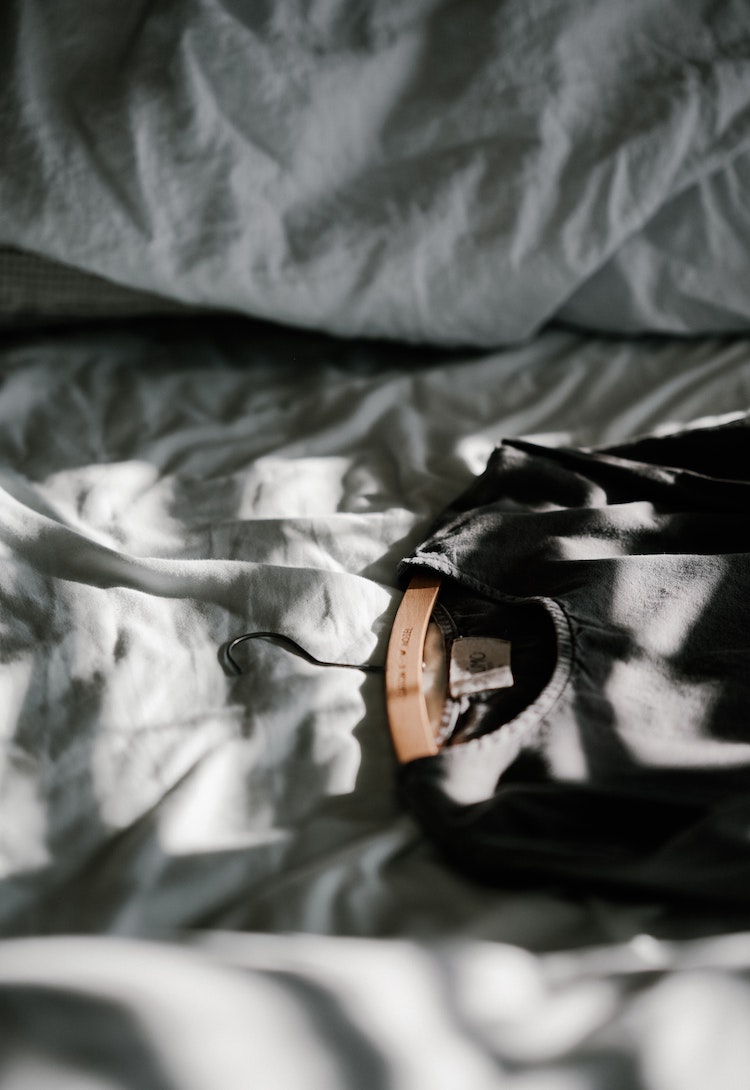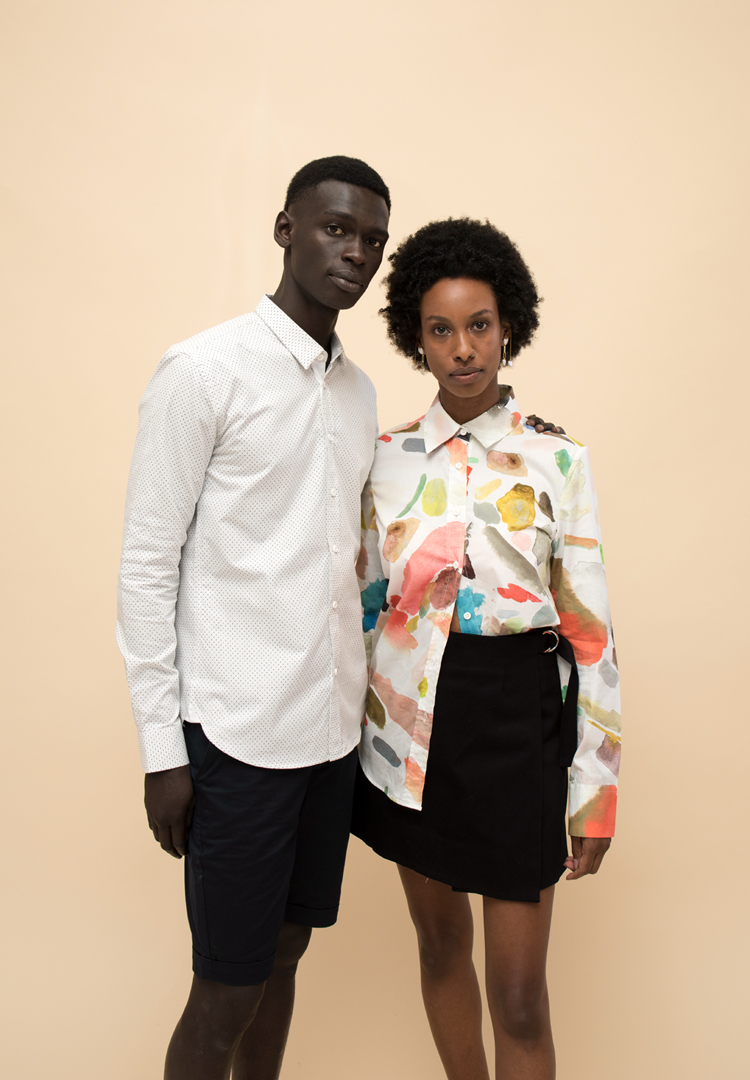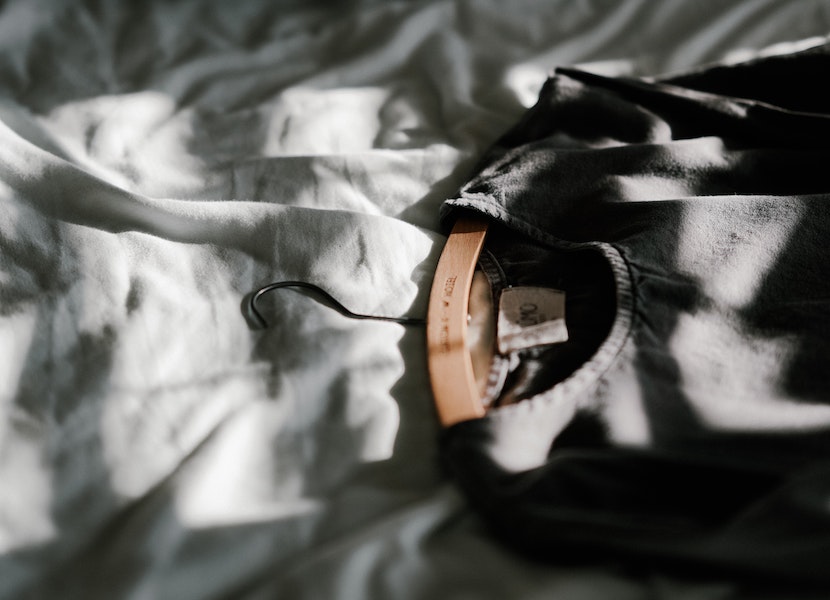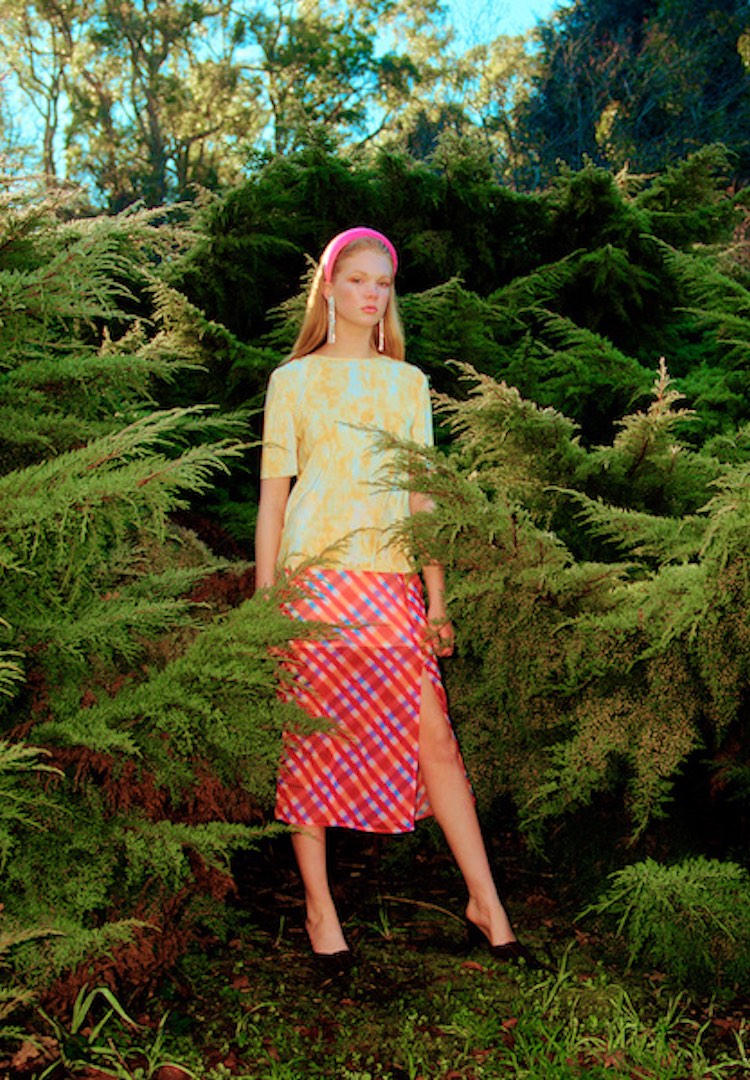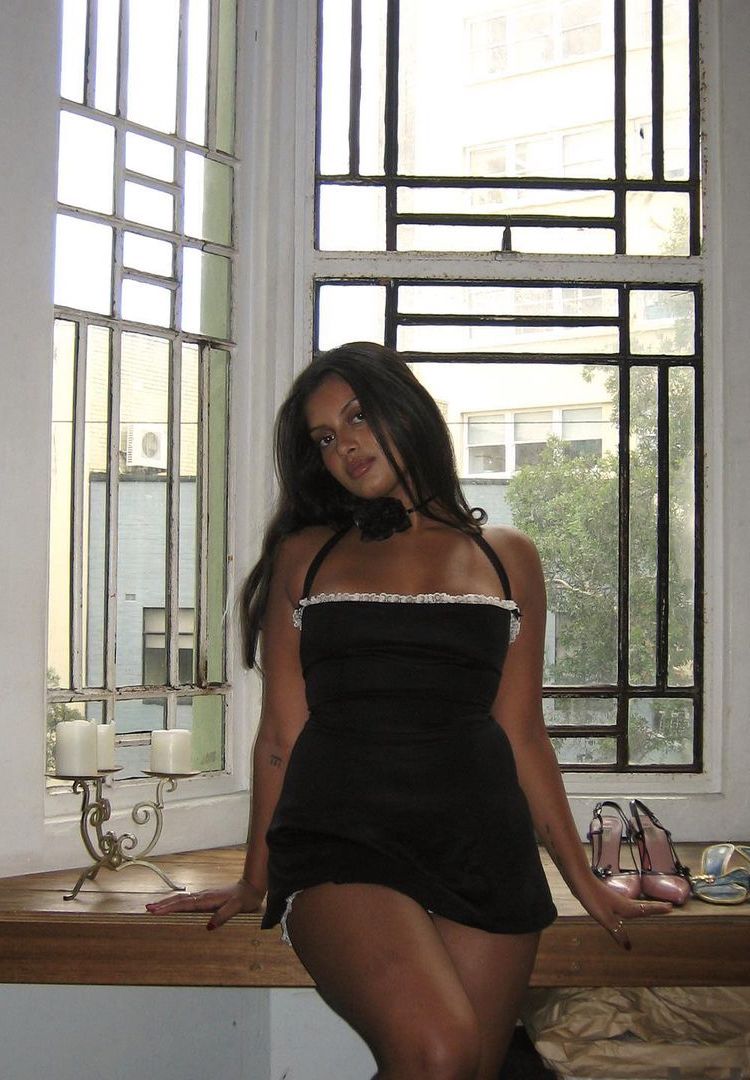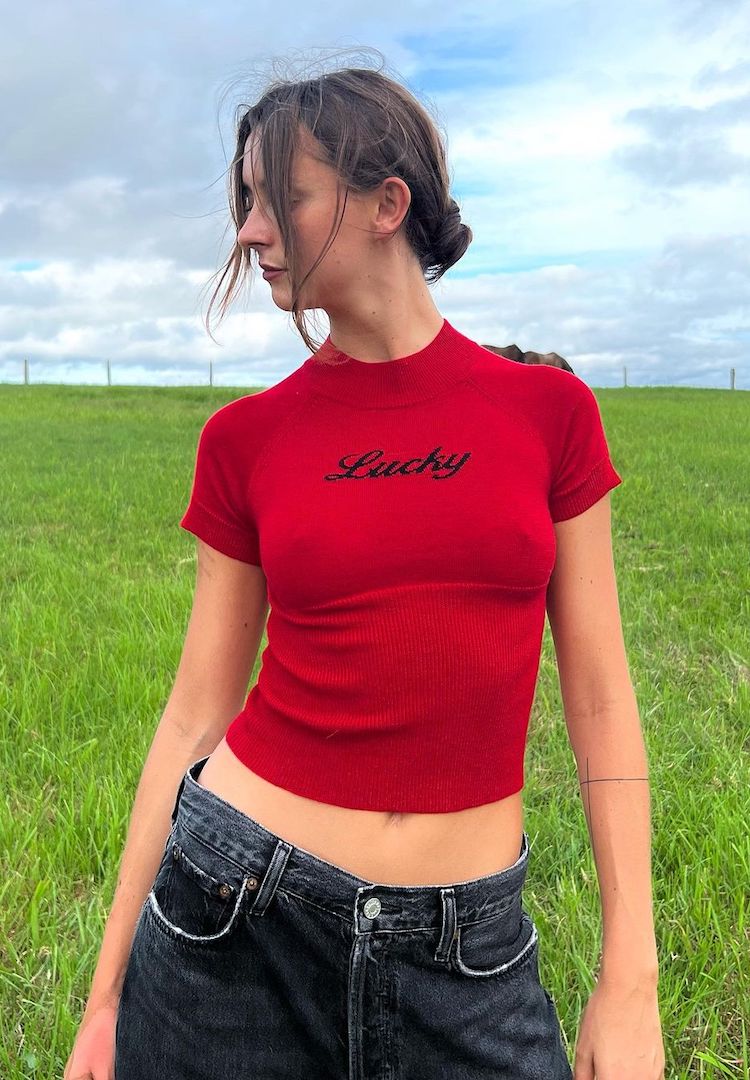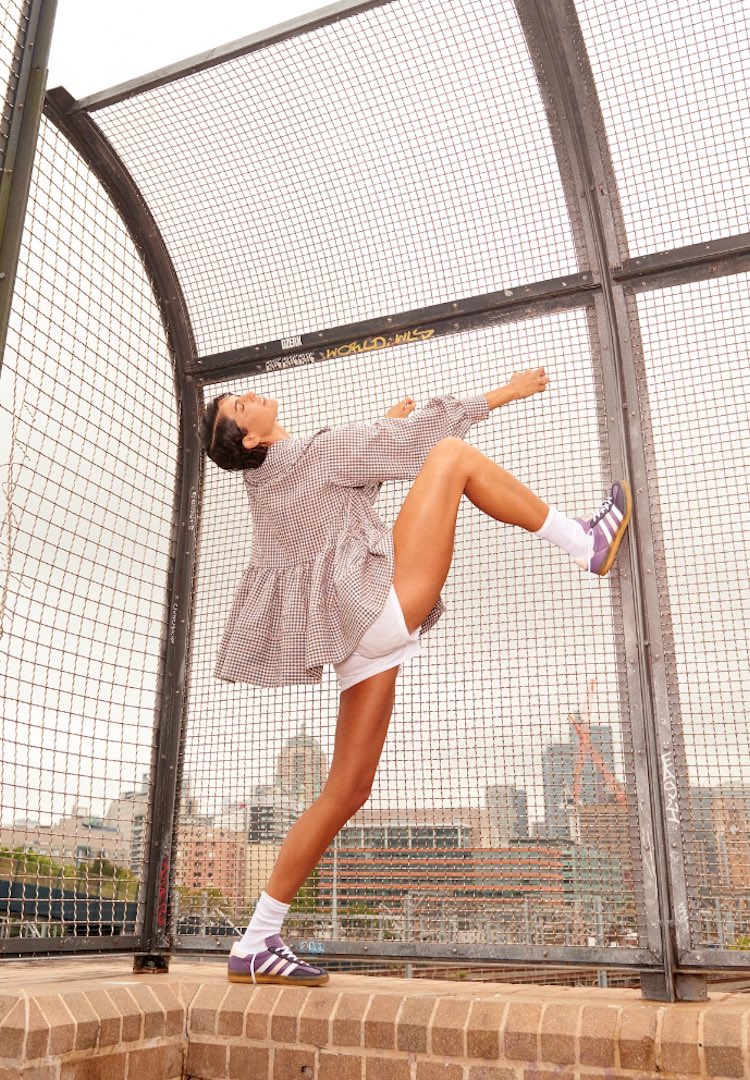Being a sustainable fashion label is more challenging than you may think, here’s why
WORDS BY BIANCA O’NEILL
A look at the complex nature of transparency reports.
Sustainable fashion – what does it actually mean? Part of the issue with using the term ‘sustainability’ in a discussion about the fashion industry is that the idea itself is cloudy, and not particularly well defined.
Sustainability isn’t regulated, it isn’t defined by a set target across the board, nor governed by a particular set of rules or guidelines. It’s a mindset, a movement that – although noble – isn’t automatically meaningful or impactful on a concrete level.
Looking for some similarly thought-provoking reads? Subscribe here and we’ll send them straight to your inbox.
Further to that, consumers often fall into the trap of believing a brand is sustainable, when in fact many brands use the term to indicate only a vague intention to move towards change. It has meant that greenwashing – the practice of marketing vague green initiatives in order to profit off their newsworthiness – has increased in recent years, as consumers increasingly seek out sustainable fashion options.
But true sustainability is really not as simple as enacting a recycling initiative in-store or creating an upcycling line to pacify the critics. It’s all-consuming, expensive, and often creates more problems than it solves. And that’s where transparency reports come in.
Following the release of Elk The Label’s second transparency report late last year, I sat down with Erika Martin, Elk’s ethics and sustainability manager, to talk about the challenges small fashion brands face when it comes to sustainability reporting and transparency.
Why doesn’t every brand release transparency reports?
The current fashion retail system is set up to produce a shockingly large amount of waste. As retail brands shift away from bricks and mortar, home delivery has become even more popular but is also a source of increased packaging and waste, as well as driving an increase in transport emissions. At the same time, the dominance of fast fashion brands encourages trend churn, and pushes discount pricing culture.
As a result, more than ever, we are demanding that fashion brands prove their green and ethical credentials – yet the enthusiasm for transparency from brands is slow-moving. So why aren’t more fashion brands hopping on the reporting train?
“There’s a real hesitancy for brands when they don’t have the entire house in order,” says Martin. “[The idea that] if we talk about this, we’ll be leaving ourselves open to criticism for something else. [But] realistically, are we ever going to have everything perfect? We felt it was important to share what we were doing, but still wanted to provide a balanced view about some of the challenges along the way.”
Those challenges Martin refers to are incredibly complex and far-reaching, and one of the reasons that, while many smaller brands do pursue sustainability behind closed doors, they often don’t publicise their gains.
It’s a bind that Elk The Label faced. Despite its enthusiasm for chasing sustainability goals, Martin tells me that reality set in when they thought about what the label was actually planning to do: that is, tell its customer all the ways in which it WASN’T sustainable.
Beyond the consumer, however, was another concern: publishing its supplier list. “I think traditionally all of that’s been very closely guarded, so this is a real shift in thinking for brands, and our suppliers, to be much more public about it. The nice thing about it was that the world didn’t come crashing down around us when we published our supplier list.”
“Traditionally all of that has been considered commercial in confidence – you know, this is our IP. That’s also the hesitation from some of our suppliers, when we ask them to share information about the materials and where they’re sourcing them, they’re like that’s our IP.”
Unfortunately, this resistance towards transparency from Elk’s suppliers didn’t stop there. So how do you achieve sustainability goals when your business relies on so many others – others who may not have the same goals as you do?
The sustainable supply chain: Is it a myth?
It’s something that consumers often don’t consider: that a much-loved brand could be the most sustainable business in Australia, but its suppliers might not be interested in those same goals.
Maybe the brand’s cotton farmer isn’t open to discussing their water management processes. Maybe its pattern maker isn’t interested in adapting the way they dispose of offcuts. So where does that leave the business on the sustainability scale?
In reality, a fashion business isn’t a lone wolf; the end product is the result of a myriad of processes, touched by a range of different craftspeople. “Realistically, our greatest impact is with the product,” says Martin. “And the greatest impact with the product is in the supply chain, further upstream, where we don’t have direct control over things.”
“In the first instance we want to work with our existing supply chain, and bring them along on this journey between us – and for most of them, that’s fine. They’ve been open to that, and they’ve been working with us. But there have been a small handful of suppliers that just weren’t open to it, would not engage in the conversation, would not be transparent about what they were doing. We’ve tried, but at some point, we’ve made the decision to stop working with them.”
Understanding where the resistance comes from is integral for fashion labels looking to solve this sustainable supply chain conundrum. Often the unwillingness to change things isn’t as simple as a lack of interest in sustainability goals. The combination of pressures on supply chain businesses are not only complex, they are also social.
“In some instances, it’s been cultural,” Martin tells me. “We’ve had to be quite careful about some of the conversations that we have, that we are still being respectful – because in some ways they see it like we’re coming in and telling them how to run their business, and I can understand that some suppliers can get a bit defensive about that. It infers that we don’t trust them, or they think we’re inferring that they’re not doing a good job.
“We’re asking them to step outside their usual day-to-day processes and provide more information, or set up some extra processes. And that does take resources and cost them money,” she explains.
Obviously, these issues have been magnified over the past year, as a pandemic rages on in other parts of the world. The reality for many of these suppliers is that it’s not business as usual, despite the fashion industry’s determination to press on.
2020 was, in fact, one of the hardest years yet for the fashion industry, as it bore witness to endless news reports of retail closures, supply chain and shipping difficulties, cancelled orders and excess stock languishing in warehouses.
So how can we focus on sustainability with everything going on right now?
The past year has been one filled with uncertainty. It’s hard to imagine applying more pressure to the fashion sector right now, as we watch previously popular brands shut their doors after COVID hammered the final nail in their coffin.
Even outside the fashion industry, green-minded consumers are concerned that we have collectively taken a step backwards on our journey towards sustainability. Thrust into survival mode, we’ve abandoned all our good habits – reusable items have been replaced yet again with paper and plastic (for hygiene purposes), and goods transport has once again spiked as we seek home deliveries for even the most mundane of products.
I’m slowly learning that there are so many facets to imbuing sustainability within a fashion business, that it’s really no wonder most brands have put it in the too hard basket. How do you dedicate resources to a nice-to-have, when you’re struggling to pay the bills?
Elk released its first report at a time when local fashion brands were struggling to remain relevant, as fast fashion dominated marketing messages across social media, and influencers were being paid to push new product endlessly. Often-questionable microtrends popped up everywhere, like an endless game of fashion whack-a-mole, driving fresh impulse-buying behaviour by the second.
Meanwhile, Elk was asking us to slow down. “I think the reception and the regard that Elk was held in for showing the leadership to start to talk about this – I think there was almost a lot of relief,” says Martin. “Less so from the customers, but maybe peers in the industry, or other stakeholders in the industry, people who take a more advocacy position to say, ‘Great, let’s start this conversation.’”
Since then, many more reports have been launched by fashion brands in Australia – interestingly, from a high number of fast fashion brands, including The Iconic’s Annual Progress Report in November 2019. Famously, H&M topped Fashion Revolution’s Transparency Index in 2020, leading to a criticism from Vogue Business that transparency doesn’t necessarily lead to sustainability. And look, fair point.
I guess the question is less about whether transparency equals sustainability (or even progress), and more about whether transparency delivers accountability. That’s really the reason we are seeing brands like The Iconic and H&M jump into the transparency pool – it’s less about the consumer, and more about pressure from stakeholders and investors.
Martin acknowledges that, ironically, fast fashion has been leading the way in transparency reporting. Bigger brands, she says, have been at “the coalface of scrutiny”, and so have had to step up and respond. “For a smaller brand, it does take [significant] resources to pull all this stuff together.”
Transparency reports are bigger than one brand’s problems
Regardless of who is releasing transparency reports, and who is remaining conspicuously quiet on the sustainability front, Martin believes that the answer lies in collaboration.
“Brands need to see this as a pre-competitive space, and be a lot more open to collaborating and talking with other brands – and, as an industry, committing to solving these issues, and doing it collectively. It’s going to be a lot more effective and efficient to do it that way [rather] than just relying on the actions of individual brands.”
What Martin is really asking here is how is everyone going to solve the problem together? Instead of individual brands all learning in parallel, why can’t they share more knowledge, and co-ordinate in order to work together to reduce the onus of sustainability on individual brands? Reduce the workload, and you speed up the achievements.
Speed, however, for the fashion industry, tends to be focused on moving product. “The industry overall needs to slow down,” says Martin, “and there needs to be a shift away from fast fashion because we’ve got finite resources and it’s unsustainable at the moment. Shifting towards a more circular model, I think, is essential, but there are so many different elements to that.”
“I think it all has to start with design. There are bits that are missing – in terms of circular textiles, and infrastructure for recycling, and collection of recycling – but I think, while that’s being developed, brands can still make better choices about the materials that they’re using, and also design clothing to be more long-lasting. And shift even just the messaging away from new and now – everything that supports that consumerism to a slower model.”
So how do you approach slowing down the fast fashion model, whilst also delivering new pieces all the time, and remaining both profitable and relevant? Perhaps, in the end, that’s the biggest challenge for achieving sustainability in the fashion industry – and something neither Martin or I can answer over the course of an afternoon.
“We now know that it’s okay to not have all the answers,” begins Elk’s latest, 100-page sustainability manifesto. “As long as we don’t stop trying to find them.” What the future holds in a post-COVID world may be uncertain for all of us, but one thing is clear; we still need to find those answers.
Bianca O’Neill is Fashion Journal’s senior industry columnist. Follow her at @bianca.oneill.


